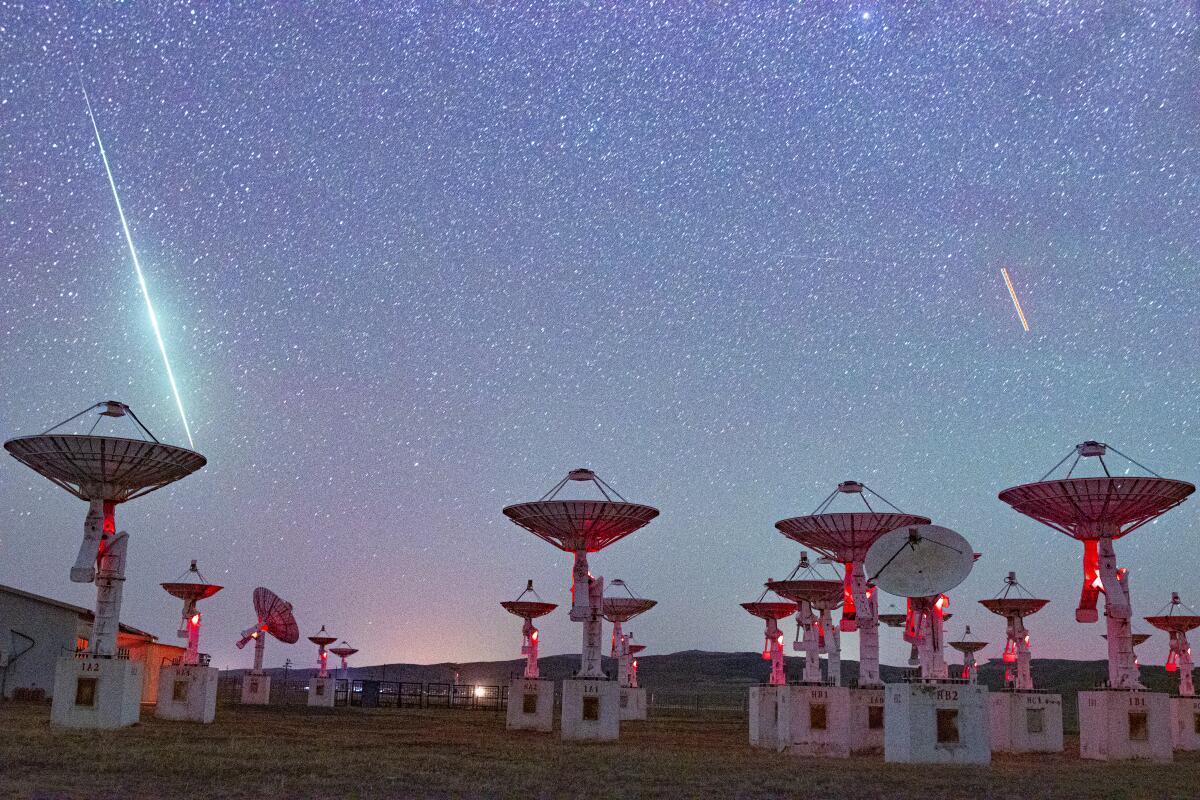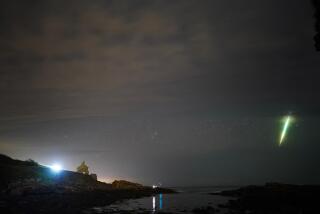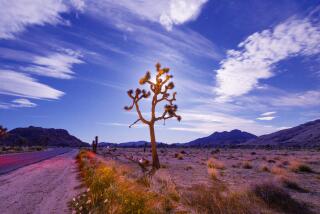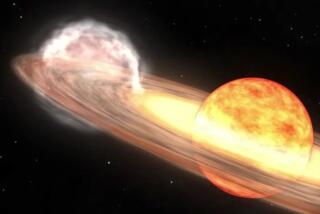Lyrid meteor shower, peaking Sunday night to Monday morning, could feature fireballs

Southern Californians have a more than decent shot at wishing upon a âfalling starâ this weekend.
The Lyrid meteor shower, which began in the night sky April 15, is expected to peak Sunday evening into Monday morning, although it will remain visible until the morning of April 29. It is named for the constellation Lyra, the Harp, which is where meteors from the shower appear to emanate for observers on Earth.
Categorized as medium-strength, the Lyrids are not as fast or prolific as the Perseids of August, and do not feature the long glowing tail of cartoon meteors. But at its height, the Lyrid shower should spin off 20 meteors an hour and even the occasional fireball. And unlike in some other years, a bright moon will not outshine the display â the lunar crescent will be only 9% full, offering relatively dark skies.
The Lyrids are one of the oldest known meteor showers in the world, dating back 2,700 years to the first recorded observation in China in 687 BC, NASA says. The pieces of space debris that interact with our atmosphere to form the meteors in the shower come from the comet Thatcher, discovered in 1861.
For the best viewing, NASA advises finding an area well away from city lights or streetlights to spread a blanket or set up a lawn chair. Lie or sit reclined with your feet pointing east and begin scanning as much of the sky as you can take in. Your eyes will adjust in 30 minutes and you will begin to see meteors, but be patient: The best show could be just before dawn.
More to Read
Sign up for Essential California
The most important California stories and recommendations in your inbox every morning.
You may occasionally receive promotional content from the Los Angeles Times.











